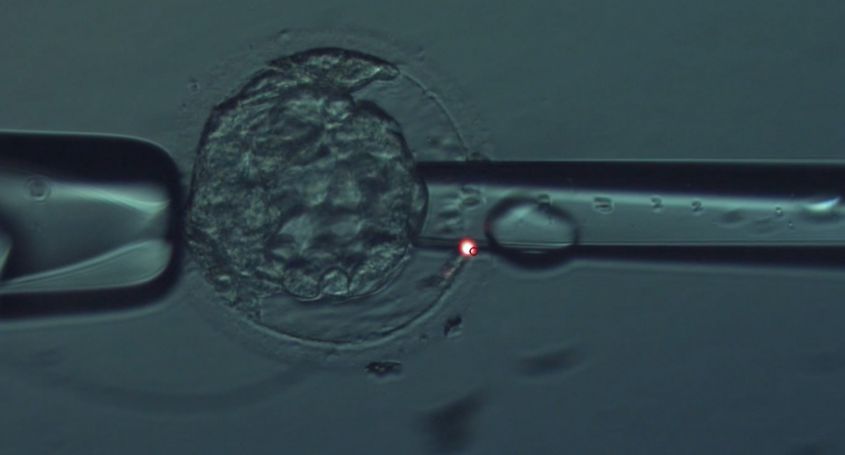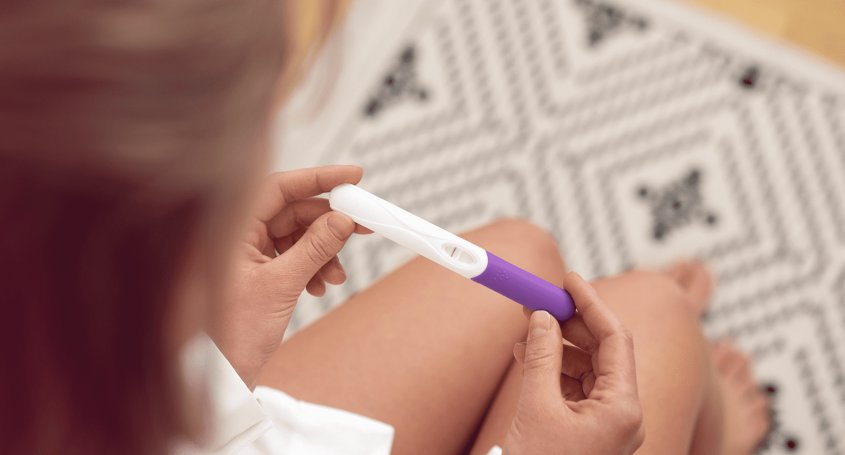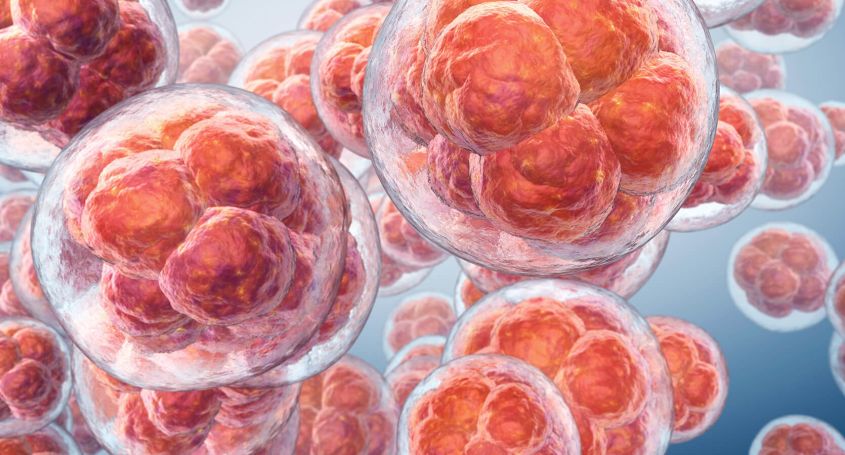Preimplantation genetic diagnosis of aneuploidy (PGT-A) is a technique that allows the study of chromosomal alterations in an embryo before it is transferred to the mother's uterus, with the aim of preventing the transmission of diseases and increasing the chances of success in In vitro fertilisation (IVF) treatments. In addition, the risk of aneuploidy may decrease the pregnancy rate and increase the percentage of miscarriages.
What is an aneuploidy test?
PGT-A evaluates the existence of numerical chromosomal alterations, known as aneuploidies, that is, alterations in the number of chromosomes in the embryo. Its aim is to detect syndromes associated with these alterations, such as Down syndrome, Patau or Edwars.
When is PGT-A recommended?
PGT-A is indicated in cases in which there is an increased risk of chromosomal alterations in the embryo. Some of these situations are:
- In cases of repeated miscarriages.
- In women of advanced reproductive age: from the age of 40.
- In previous implantation failures.
- Problems of genetic origin in the male factor.
How is it performed?
To perform PGT-A, it is necessary for the couple or woman to be undergoing IVF treatment.
The technique is carried out by means of an embryo biopsy when the embryos reach the blastocyst stage, between days 5 and 6 of development. With the help of a high-precision laser, a small hole is made in the zona pellucida of the embryo, through which cells from the trophectoderm (the outer cell layer of the blastocyst) are obtained for analysis.
The embryos are then preserved by vitrification until the results of the genetic analysis are obtained. If the results are favourable, the cycle is planned for embryo transfer, and IVF treatment is continued.
What are the risks associated with PGT-A?
It is an invasive process as it requires the removal of cells from the embryo. However, the risks associated with embryo biopsy are rare and it is now considered a safe and well-established technique.
What are the advantages of PGT-A?
- It allows the selection and transfer of embryos that are chromosomally normal, and the discarding of embryos that, despite having a good morphological appearance, could not give rise to a healthy baby.
- It reduces the risk of implantation failure and decreases the probability of miscarriage: some aneuploidies allow the embryo to implant, but because it does not have the correct genetic endowment, it can end in spontaneous miscarriage after several weeks of development.
- Increases the pregnancy rate: it avoids transferring embryos with low viability.
- It reduces the number of IVF treatments needed: it allows the selection of embryos with a higher implantation capacity, thus reducing the number of failed transfers.
- Decreases the emotional impact on patients: PGT-A helps to reduce uncertainty about embryo viability and the risk of experiencing a gestational loss.
PGT-A is an advanced tool that significantly improves IVF treatment success rates by ensuring more accurate and safer embryo selection. Its application not only optimises clinical outcomes, but also reduces the emotional and physical impact of prolonged treatments. In the hands of a specialised team, PGT-A is a very important tool for couples seeking to increase their chances of achieving a viable and healthy pregnancy.
Dr. Cristina Guix
Fertility expert gynaecologist in Barcelona IVF
















